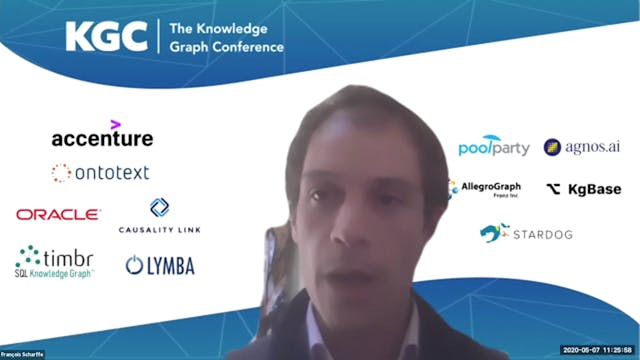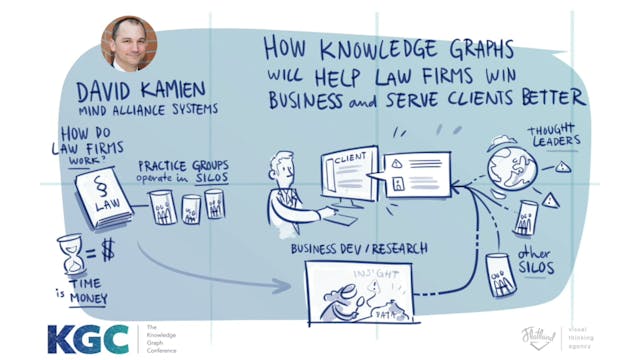Middle-Out FAIR Data Integration with Knowledge Graphs
KGC 2020
•
18m
An extremely powerful and efficient use for Knowledge Graphs is to unite well-understood domains of knowledge alongside novel and specific business/scientific questions. Using small ontologies that embed large reference taxonomies, we are able to go from tactical scientific questions (bottom-up) to common taxonomies and reference datasets (middle-out) approach to model scientific questions, aligning with enterprise master data strategies on the way up. If building blocks follow FAIR (Findable, Accessible, Interoperable, Reusable) data principles, reusing these processes becomes more and more efficient over time as the middle layer grows. Examples in the translational medicine space will be highlighted.
Up Next in KGC 2020
-
Q&A | John F Sowa and Vassil Momtchev
Francois Scharffe leads the Q&A between Vassil Momtchev from Ontotext and John Sowa from Kyndi.
-
How Knowledge Graphs can help Law Fir...
Law firms are starting to build knowledge graphs to power next-generation marketing and business development applications that efficiently integrate data and help deliver the most important intelligence insights to the right people sooner. These systems help firms spot opportunities sooner, autho...
-
Use of OWL and Semantic Web Technolog...
Pinterest is a popular Web application that has over 250 million active users. It is a visual discovery engine for finding ideas for recipes, fashion, weddings, home decoration, and much more. In the last year, the company decided to create a knowledge graph that aims to represent the vast amount...



